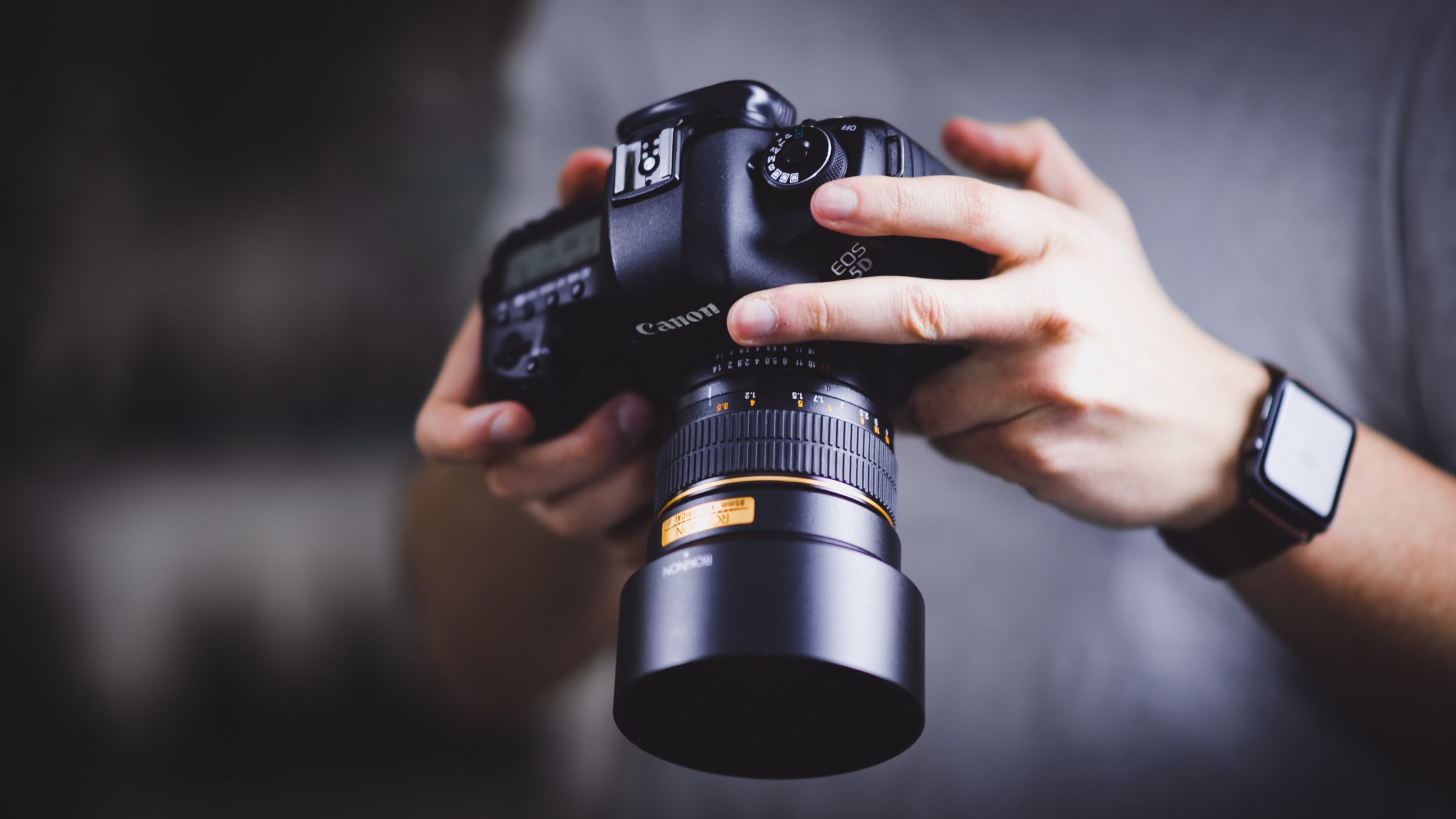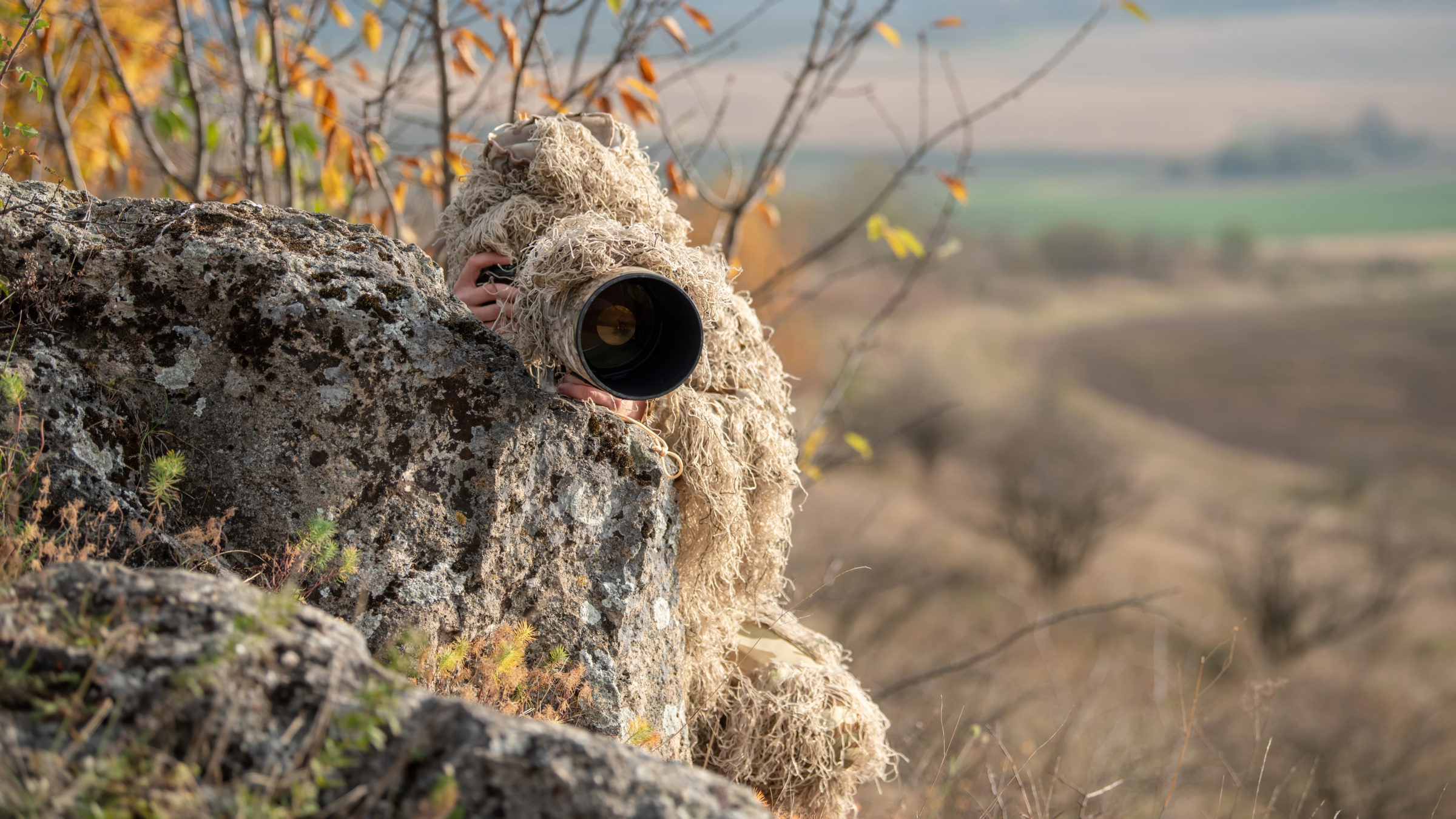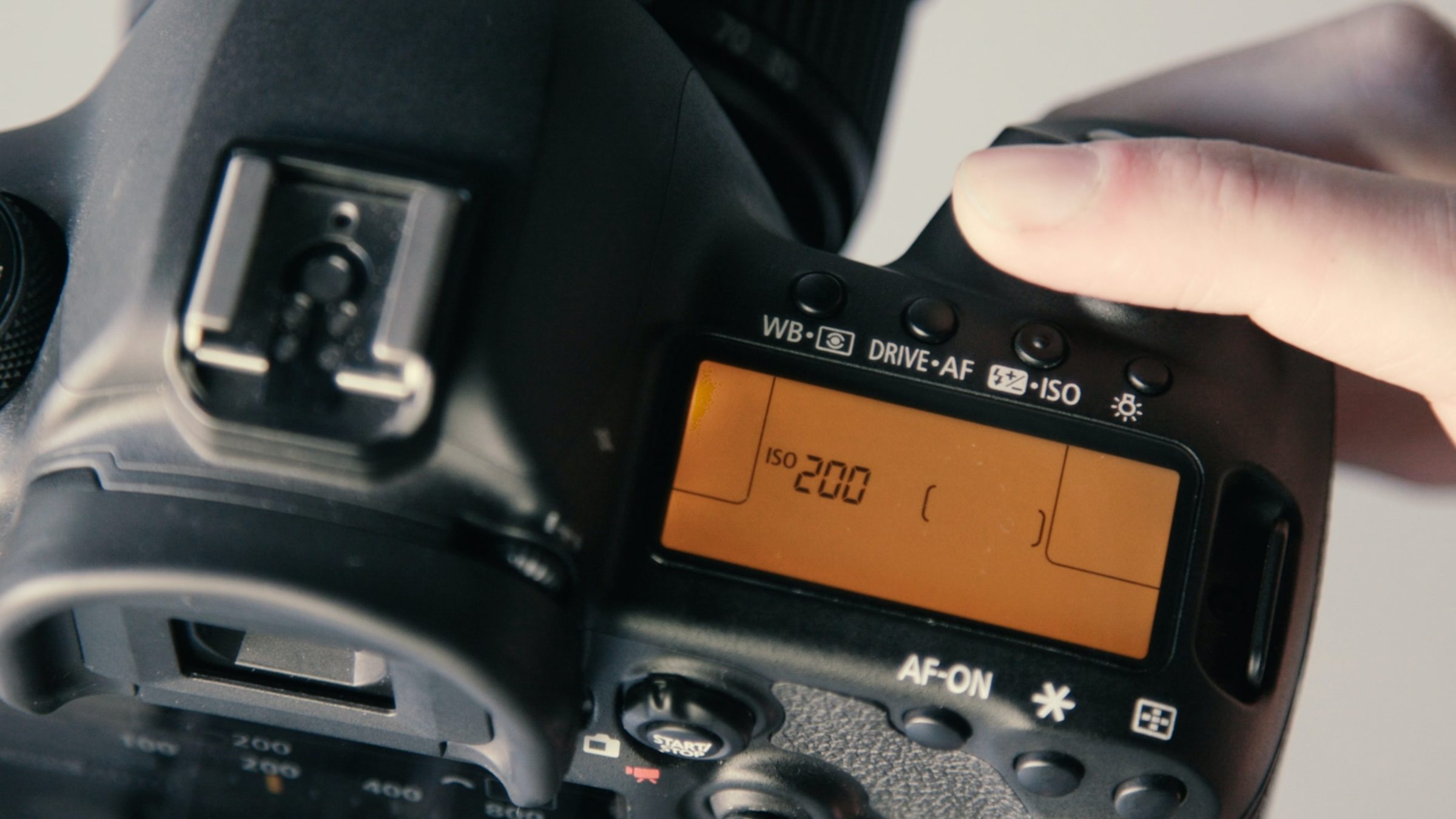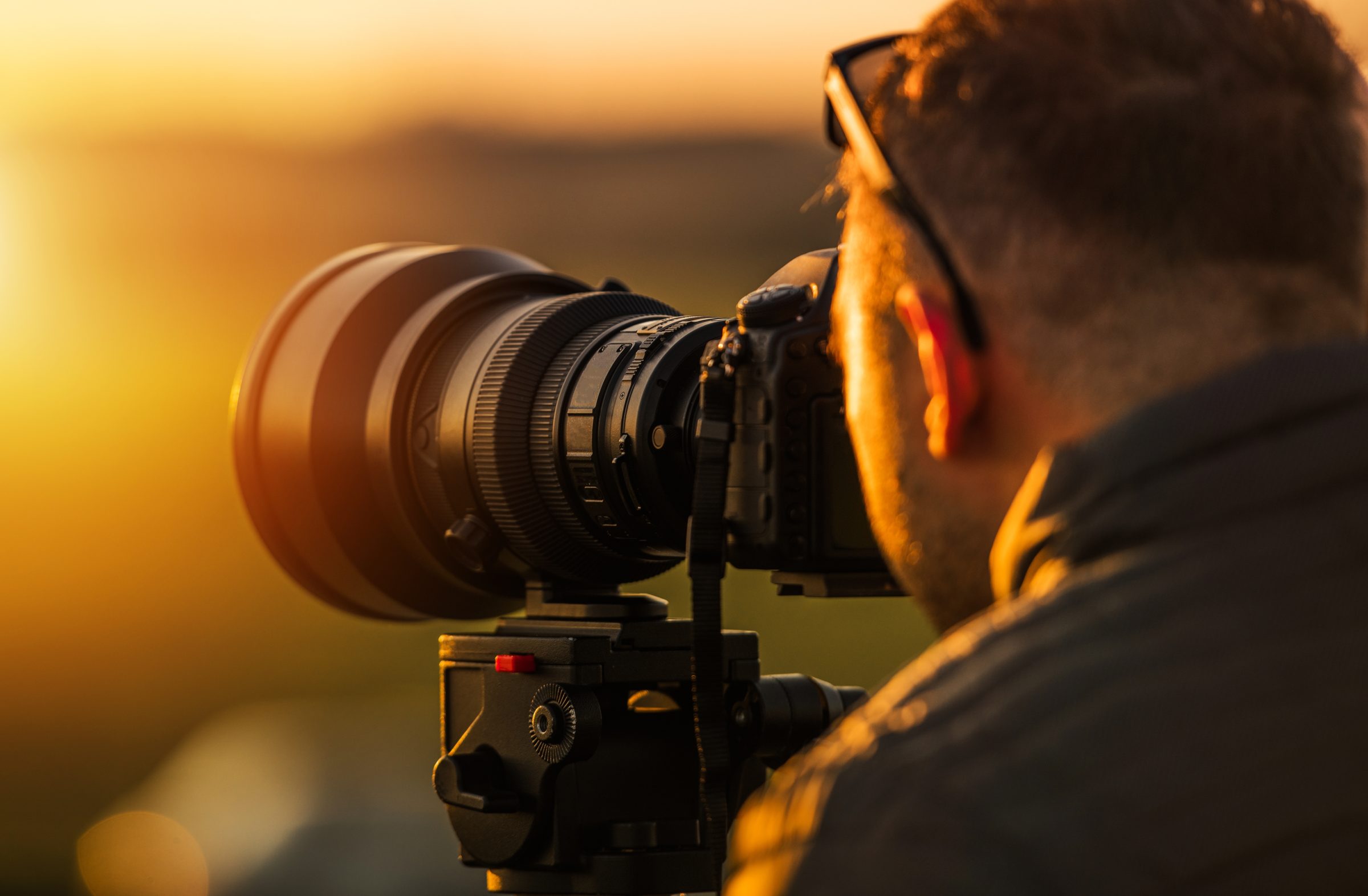Photographing wildlife and nature is one of the most gratifying pursuits. It’s also challenging and requires the skills of an expert photographer. Luckily, the advent of technology has since made everything easier. There are now many light-weight yet affordable cameras available in the market. For instance, with the many uses of IR video cameras, you can now capture high-quality images in the dark.
Here’s a guide on how to shoot wildlife photos as a beginner:
Learn your camera
The first step to improving your photography skills is by learning the features of your camera. Know the lens and the settings that can deliver the desired images. Review the results and figure out what works and what doesn’t. Learn to use all the camera accessories properly. These include the lens, tripod stand, eternal flash, and more.
Lighting is also critical when photographing in the dark. The use of good lighting can create excellent images. Know the lighting options in your camera, and experiment with different brightness levels to see what works best.

Choose an ideal spot
The shooting location matters a lot when it comes to wildlife. Wild animals are elusive, and it may be hard to find the animals loitering around. Photographing animals can also be risky, and it’s best to pick the right location. First of all, think of the time; this can be early morning or evenings. Know the type of animals you want to capture, and scout for spots where you can get the best shots.

Use a tripod stand
A tripod will come in handy. It reduces the camera shake, which causes blurring. Moreover, use a shutter release cable to eliminate the need to touch your camera while taking shots. Moreover, increase the camera’s shutter speed; if it’s slower, you’re likely to get a motion blur. Aim for 1/80th – 1/150th sec and be conscious of the subject and if a flash will scare them.
Miss the eyes, miss the shot!
Consider the camera aperture and focus directly on the eyes of your subject. Know the effects of adjusting the aperture. A wide aperture will improve the quality of your images, especially when shooting in portrait style.
It allows light in and has a direct effect on the shutter speed. This will come in handy when shooting in early mornings or late evenings when animals are most active. Moreover, focus well, especially when using a camera with a lower aperture. For instance, an f 2.8 can result in a segmentation effect and cast some parts of the animal out of focus.
Adjust your ISO up
A high ISO is an integral part of night photography. It will increase your sensors’ sensitivity to light and boost your shutter speed. Aim for about 3200 and be ready to do as high as 6400. If possible, conduct an ISO test beforehand, enabling you to see how the images look like. If using an older camera, the images may not be the best quality. Focus on the subject and choose simple and uncluttered grounds.

Use a telephoto lens
When photographing wildlife, it’s advisable to stay closer to the action but still maintain a safe distance of about 100 yards. Keeping distance ensures your safety. It also allows the animal to remain comfortable and be in their usual behavior.

Take home
Photography is a skill that you master over time. To capture quality wildlife photos, know your camera and keep practicing. Learn from pro photographers and employ the tricks in your next photo shooting session. Remember being in the wild in the dark is quite risky; stay safe and have a friend accompany you.
